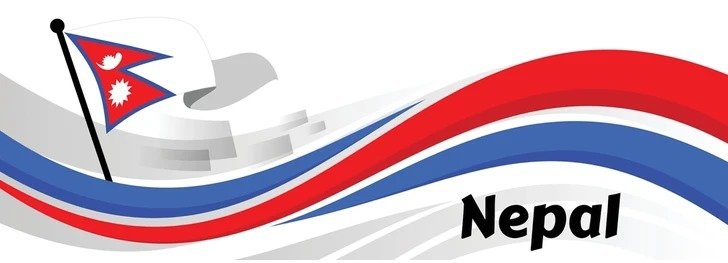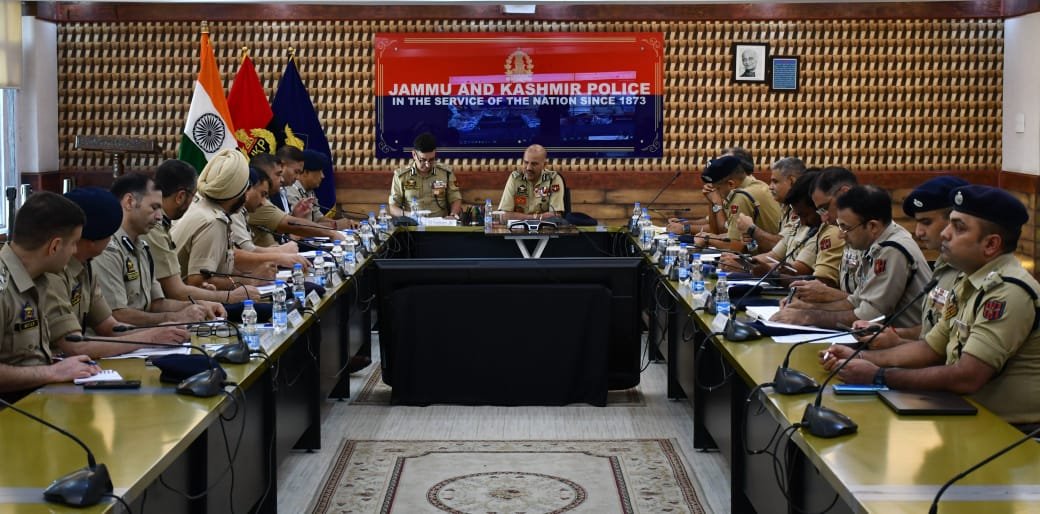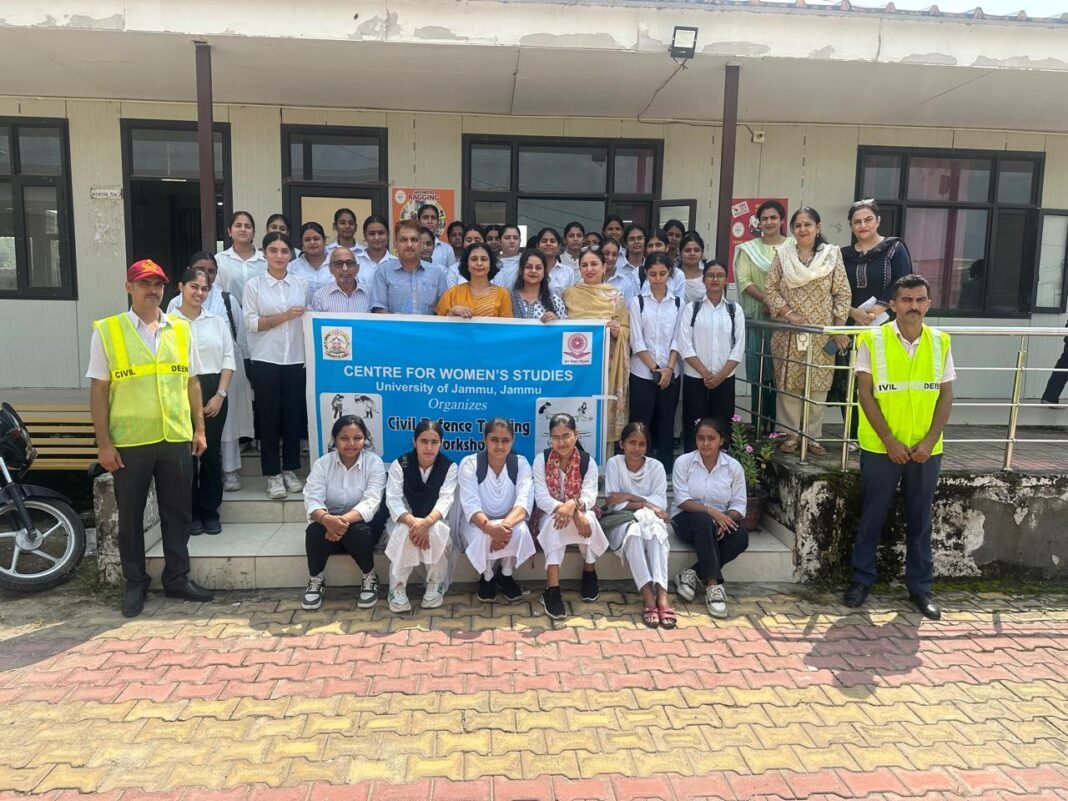Sanjay Kumar
Two days is a long time in politics. Nepal can vouch for that saying. The speed with which students’ protest or protest by Gen Z turned into a nation wide rebellion is something unprecedented in the modern history of Nepal.
There was no inking of any regime change, dismantling of the elected government and rancour for a new constitution till 48 hours ago. The suddenness of change demonstrates how brittle has been Nepal’s nascent democracy that it could not withhold a regular protest for more than a day.
That means there was something cooking or there were elements in the Nepali society who were looking for an opportunity to demoralize democratically elected politicians and the whole system of democracy.
It all started with the ban on the 26 social media websites. On Sept 9 students or members of Gen Z, a group of youngsters, decided to hold protests at important public places in Nepal. But within a few hours the crowd swelled and it tried to enter the parliament in Kathmandu and that led to the firing by the police claiming at least 20 lives on the first day. The Home minister resigned and the government withdrew the order banning the social media sites.
The next day the anger on the street saw a magnified face with people starting to attack parliament, presidential palace, prime minister’s house and other important institutions associated with democracy. PM Oli resigned abruptly and took shelter in an army cantonment.
Nepal’s journey as a modern democracy started ten years ago when the country adopted a new constitution after seven years of deliberation. It heralded a new beginning for the country which had witnessed over 200 years of monarchy.
But the democratic journey could not take off with the same honest spirit as the demand for democracy has been raised. In the last ten years the Himalayan nation saw more than 10 Prime Ministers. Since the 1990s, when Nepal first witnessed the people’s movement against monarchy, the country has seen 30 PMs and no prime minister has completed the full term.
In 2022 the country saw the general elections that threw a hung parliament with none of the three mainstream political parties- Nepali Congress-, Communist Party of Nepal (united Leninist and Marxist) and Communist Party of Nepal (Maoist Centre- getting a majority.
Prachand’s CPN (maoist Centre) formed a government with support from the other communist party but the arrangement did not last more than a year. K P Oli of Communist Party of Nepal (united Leninist and Marxist) formed the next government with the support of the Nepali Congress. For the last one decade these three main political formations have been sharing powers and the prime minister’s chair has become some sort of a musical chair.
The discontentment with the mainstream political parties got reflected in the last general elections when a new party Swantantra Party got some good support and some well meaning individuals also got public support.
Oli took democracy for granted and he has been behaving in an authoritarian manner. He wanted all the social media sites to register in Nepal so that the government can force them to edit or sanction anti-government posts. By banning them he angered not only the new generation who see these sites as an outlet to express their feelings, but also more than 8% Nepalis who live abroad and use these sites to send money and remain connected with their families.
At a time when democracy is at a discount not only in South Asia but also worldwide, the new generation is restless to see results and fulfill their aspirations.
But the rising corruption and blatant nepotism gave them the feeling that the system is being used to serve only a few and not the masses. They felt deprived and lost in the face of privileges being enjoyed by those close to power.
However, the protest on the first day did not look like it was meant to overthrow the regime. It appeared an expression of resentment by the masses.
Media reports and some students say that some external elements entered the protest to create chaos and the violence that happened was led by them.
The arrival of democracy in Nepal has not been without resistance. The feudal monarchs which ruled over the tiny nation for centuries have never reconciled with the loss of their power after democratic revolution.
Last month former ruler King Gyanandra held a big march in Kathmandu and slogans were raised about the return of the kingdom.
The genuine democratic protest it looks has been hijacked by such reactionary elements that’s why among the demands of the protesters is also the rewriting of the constitution.
The violence has stopped and the army has asserted itself and held talks with the Gen Z leaders and there seems to be a consensus emerging that former Chief Justice of Supreme Court Susheela Karki might be the head of the caretaker government.
Nepal is at a cross road now.
It must learn from the history of Bangladesh, which also witnessed such democratic protest that led to the overthrow of the Sheikh Hasina government last year. In the riverine nation a democratic backsliding is happening .Forces inimical to secularism, modern constitution and its freedom struggle are trying to destroy all signs of Bangladesh liberation war by attacking its founding father Sheikh Mujibur Rahman.
People’s movement does not always achieve its intended goal, it always tends to go astray and at times get hijacked by reactionary forces which want to take the nation politically backward not forward.
Nepal’s own history is its guide: it knows how the power of vote and freedom to choose is a powerful tool to transform a nation and empower its citizens.
The writer of this article – Sanjay Kumar is a senior journalist based in New Delhi, and he reported extensively on international affairs.





